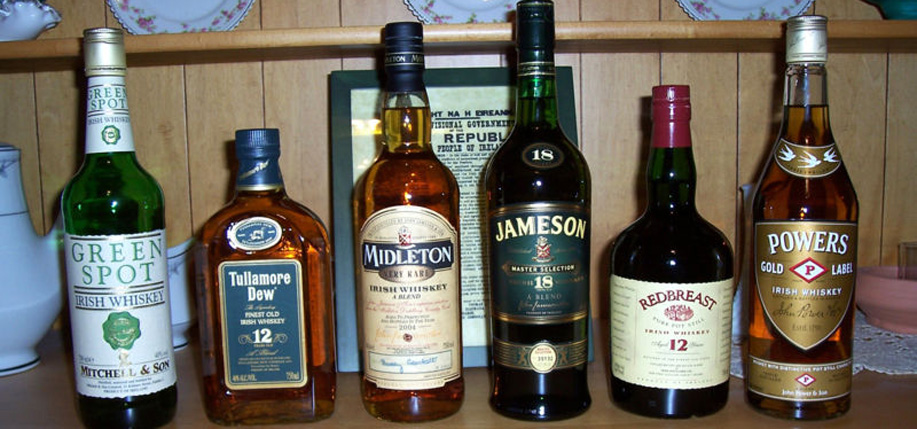Irish distillers of the “water of life” are singing “Whiskey in the Jar” this year after sales figures for 2017 have been published. According to the 2012-2018 Export Performance and Prospects report by Bord Bia, Irish beverage exports rose by 8 percent last year, with a global surge in popularity for Irish whiskey by over 20 percent. The growth continues a trend – the volume of Irish whiskey has gone up by 131 percent globally in the past decade, beating other whiskey competitors like Scotch’s 13 percent rise and bourbon’s 56 percent. This growth in popularity can be attributed to whiskey drinkers all around North America, where the U.S. market for Irish whiskey grew by 16 percent to become a nearly $300 million industry last year.
While Jameson dominates the international market, selling 6.5 million cases in 2017, Rosemary Garth, director of communications at Irish Distillers, told the Irish Times that the company is “also encouraged to see strong growth in our prestige whiskey brands like Redbreast, Powers, and the Spot, a range reflecting the growing consumer trend towards premium Irish whiskeys and the resurgence of the time-honored single pot still Irish whiskey.”
This growth in popularity is leading to various drink conglomerates like Diageo to establish new specifically Irish whiskey brands like their Roe & Co. which is created at St. James Gate, the home to their other, more famous Irish drink, Guinness. ♦ Dave Lewis
Irish Whiskey Market Booms Abroad


I’ve read a few times that prior to the Great Depression of the 1930, Irish whiskey was more in demand that Scotch Whiskey. In the mid-80s, I attended a few county dinner dance4s around St. Patrick’s Day and was very surprised and disappoi9nted to see bottles of Scotch on every table, bjut NO Irish whiskey anywhere. Even though I have always been a strict teetotaler, I objected to all the Scotch at these Irish affairs, but only once did a drinker demand that the Scotch be removed and replaced with Irish whiskey.